Robert Franklin Stroud, known as the “Birdman of Alcatraz,” was a convicted murderer, American federal prisoner and author who had been cited as one of the most notorious criminals in the United States. Take a look below for 33 more scary and weird facts about Robert Stroud.
1. During his time at Leavenworth Penitentiary, he reared and sold birds and became a respected ornithologist, although regulations didn’t allow him to keep birds at Alcatraz, where he was incarcerated from 1942 to 1959.
2. Stroud was never released from the federal prison system; he was imprisoned from 1909 to his death in 1963.
3. Born in Seattle, Washington, Stroud ran away from his abusive father at the age of 13, and by the time he was 18, he had become a pimp in the Alaska Territory.
4. In January, 1909, he shot and killed a bartender who attacked one of his prostitutes, a crime for which he was sentenced to 12 years in the federal penitentiary on McNeil Island in Puget Sound.
5. Stroud gained a reputation as a dangerous inmate who frequently had confrontations with fellow inmates and staff, and in 1916, he stabbed and killed a guard.
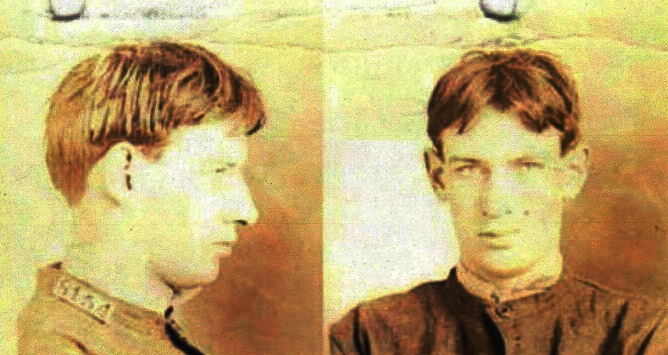
6. Stroud was convicted of first-degree murder and sentenced to hang, but after several trials his sentence was commuted to life imprisonment in solitary confinement.
7. In 1920, while in solitary confinement at Leavenworth, Stroud discovered a nest with three injured sparrows in the prison yard.
8. He cared for the sparrows and within a few years had acquired a collection of about 200 canaries.
9. He began extensive research into birds after being granted equipment by a prison-reforming warden.
10. Stroud wrote “Diseases of Canaries,” which was smuggled out of Leavenworth and published in 1933, as well as a later edition in 1943.
11. He made important contribution to avian pathology, most notably a cure for the hemorrhagic septicemia family of diseases, gaining much respect and some level of sympathy among ornithologists and farmers.
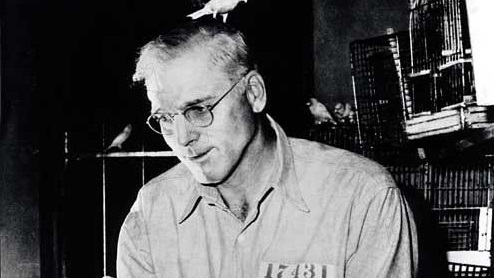
12. Stroud ran a successful business from inside the prison, but his activities infuriated the prison staff, and he was eventually transferred to Alcatraz in 1942 after it was discovered that Stroud had been secretly making alcohol using some of the equipment in his cell.
13. Stroud began serving a 17 year term at Alcatraz Federal Penitentiary on December 19, 1942, and became inmate #594.
14. In 1943, he was assessed by psychiatrist Romney M. Ritchey, who diagnosed him as a psychopath, but with an I.Q. of 112.
15. Stripped of his birds and equipment, he wrote a history of the penal system.
16. Stroud was transferred to the Medical Center for Federal Prisoners in Springfield, Missouri in 1959, where he stayed until his death on November 21, 1963.
17. He’s buried in Metropolis, Illinois.
18. Author Carl Sifakis referred to Stroud as, “possibly the best-known example of self-improvement and rehabilitation in the U.S. prison.”
19. In 1955, Stroud was the subject of Thomas E. Gaddis’s acclaimed biography “Birdman of Alcatraz.”
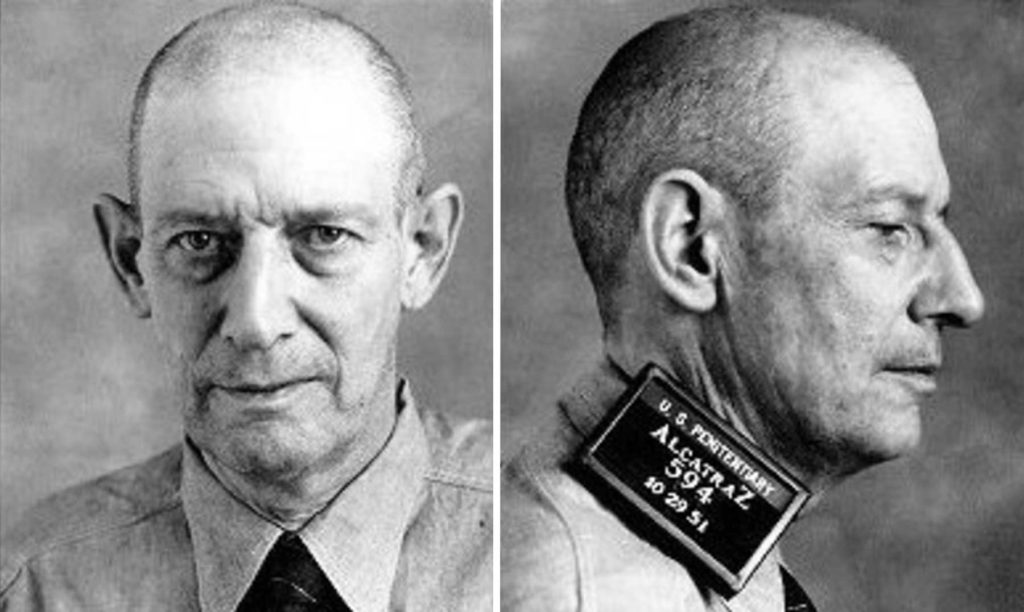
20. While detailing the prisoner’s violent behavior, the book also painted him as a man fighting to maintain his dignity within exceedingly difficult conditions.
21. In 1959, Stroud was again transferred, to the Medical Center for Federal Prisoners in Springfield, Missouri.
22. There, he finally earned a reprieve from his long stay in solitary confinement, taking a job in the prison print shop.
23. In 1962, he feature film “Birdman of Alcatraz” was released in theaters, featuring Burt Lancaster in an Academy Award-nominated role as a mild-mannered, reformed version of Stroud.
24. Despite increased attention, Stroud was unsuccessful in his attempts to attain parole.
25. He also filed a lawsuit to have his manuscripts released, and a decision was still pending when he was discovered dead in his cell, from natural causes, on November 21, 1963.
26. Stroud’s manuscripts went into probate, but his lawyer, Dudley Martin, sought to acquire them as administrator of the deceased inmate’s will.
27. He finally obtained the manuscripts in 1984 and tried to have them published, but found no takers, as publishing houses were leery of potential lawsuits from Alcatraz officers.
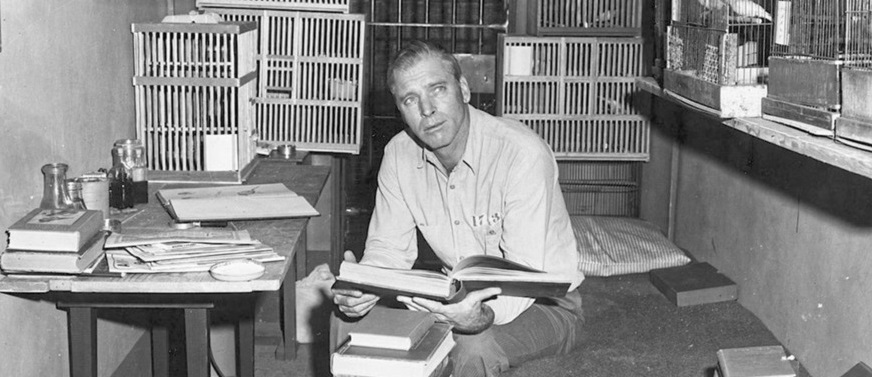
28. After the statute of limitations passed, “Looking Outward, A Voice From the Grave” finally appeared in eBook form in February, 2014.
29. Because of Stroud’s contributions to the field of ornithology, he gained a large following of thousands of bird breeders, and poultry raisers who demanded his release.
30. In 1963, Richard M. English, a young lawyer who had campaigned for John F. Kennedy in California, took to the cause of securing Stroud’s release.
31. He met with former President Harry S. Truman to enlist support, but Truman declined.
32. He also met with senior Kennedy-administration officials who were studying the subject.
33. Upon Stroud’s death, his personal property, including original manuscripts, were delivered to English, as his last legal representative, who later turned over some of the possessions to the Audubon Society.

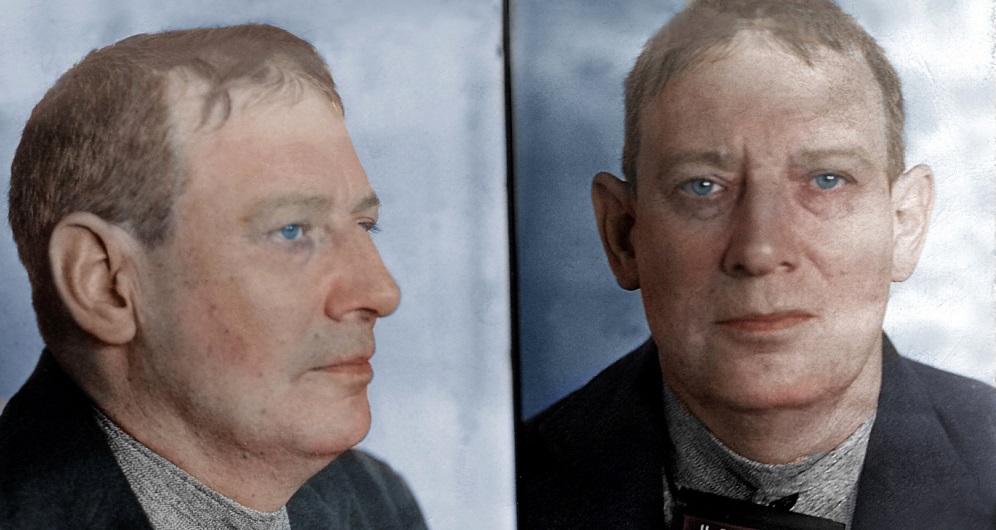



One Comment
Frank
February 6, 2020 at 3:18 pmSome of the information I found on Stroud (Bird-man) was conflicting & seemed abridged at best. I believe there were some prison politics involved in Strouds case. I was hoping that his book on Ornithological pathology was on-line even though out of date at this time in medical technology it be an interesting reference with possible insights. The manuscripts of Alcatraz is way out of date but it’s nice it was finally released! Not sure what to think of his character although the movie was obviously distorted, but enjoyable. I myself was nicknamed The Frogman of Fulsome but never visited the place..